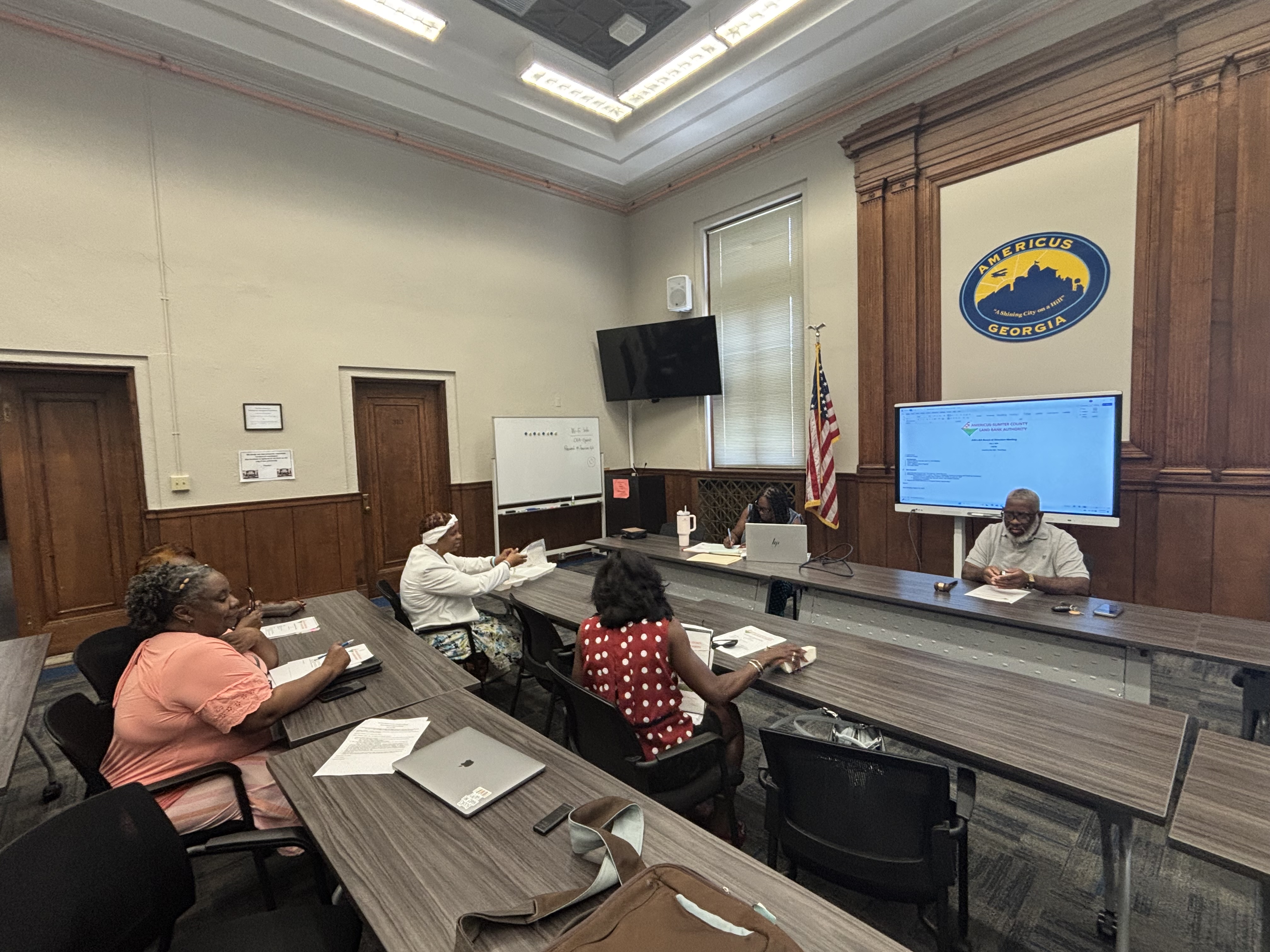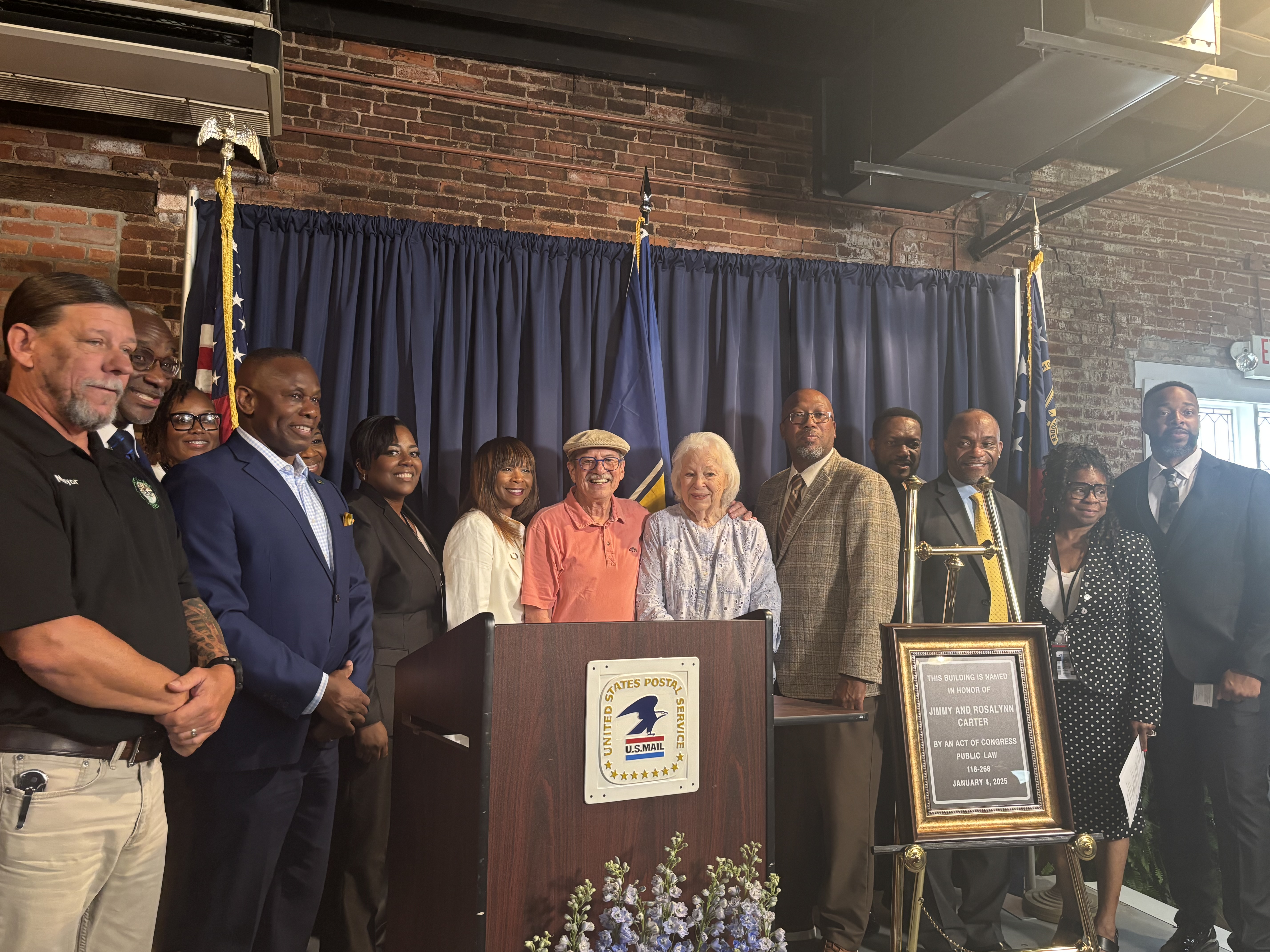Why Coca-Cola wants to sell the world expensive “science milk”
Published 5:31 pm Wednesday, February 4, 2015
WASHINGTON – Coca-Cola is getting into the milk business – and being extremely calculated about it.
In the coming weeks, the world’s largest beverage company will begin rolling out its latest innovation across the United States: a new, high-end, highly modified, and – yes – much more expensive dairy product. The new offering, which is called Fairlife, will look and taste like milk, but otherwise it’ll be pretty different from the average white stuff. Fairlife is low in sugar, high in protein, and free of lactose.
This is how Sandy Douglas, Coca-Cola’s senior vice president, explained the beverage on a conference call last year:
Trending
The milk product that I showed you . . . has a proprietary milk filtering process that allows you to increase protein by 50 percent, take sugar down by 30 percent, and have no lactose . . . we’ll charge twice as much for it as the milk we used to buy in a jug.
On the surface, the timing of Coca-Cola’s foray into the milk world is curious. Milk has been disappearing from American diets for decades. On average, people in this country drink 37 percent less milk today than they did in 1970, according to data from the USDA. The fall-off has been especially pronounced for whole milk, consumption of which has plummeted over the years.
The milk industry’s woes reached a new low last year when it was forced to abandon the iconic “Got Milk?” tagline. The campaign, which had run for more than 20 years, had done little to curb the country’s growing distaste for milk.
“All the milk mustaches in advertising history can’t disguise the fact that milk is no longer the drink of choice,” Hank Cardello, the author of “Stuffed: An Insider’s Look at Who’s (Really) Making America Fat,” wrote last year. “Not for teens and 20-somethings, or people with busy lifestyles, or aging baby boomers, or the elderly.”
Milk, in other words, isn’t really for anyone today.
And yet here is Coca-Cola selling the country milk. What gives? A few things.
Trending
Firstly, and most importantly, Coca-Cola’s new milk offering isn’t milk so much as a milk product, which is engineered to piggyback several dietary trends that are sweeping the United States at the moment.
“It’s basically the premiumisation of milk,” Douglas said in the conference call from last fall.
Fairlife is lactose-free, which is just as well because milk alternatives are the only segment in the milk industry that is growing. And they’re growing fast: Sales of milk alternatives, which include soy milk and almond milk, have quadrupled since 1999, according to data from Euromonitor.
Fairlife is also low in sugar, which has fallen victim to recent health narratives. Several studies, including one published last year, have tied added sugar consumption to an increased risk of heart disease. Sugar has been found to be highly addictive. And Americans, though they are eating less sugar today than they once did, are still eating too much.
The most compelling aspect of Coca-Cola’s new milk offering, however, isn’t what the drink doesn’t have; it’s what it does have: protein, and lots of it. With 50 percent more protein than your average milk, Fairlife tiptoes into the lucrative world of protein supplements. And it’s fairly easy to see why: protein shakes, bars and supplements are booming.
“The only issue that U.S. adults are now checking on the Nutrition Facts label on the back of foods and beverages is the amount of protein,” Harry Balzer, chief industry analyst and author of “Eating Patterns in America,” noted in a press release for a study on protein by market research firm NPD last year. The study found that more than half of Americans say they want more protein in their diet, while roughly one quarter say they look for protein content on nutrition labels.
Coca-Cola is also entering into the milk market at time in which the industry is highly fragmented. There are so few recognizable brands in the milk aisle that store brands have managed to capture roughly a third of the milk market. If Fairlife finds an audience, it could stem that trend by establishing a powerful brand in an industry light on name power.
Convincing Americans to drink Fairlife, however, won’t come without problems.
Fairlife will, as Coca-Cola has noted, be much more expensive than regular milk, which could prove problematic. One of the reasons big milk brands have lost customers to store-brand milk is that when people buy milk, they are trading down and buying the cheapest milk available. Dean Foods, which sells TruMoo and Tuscan, noted last fall that the trend was compromising its sales.
The fact that Fairlife is made by means of “a proprietary milk filtering process” isn’t likely to sit well with everyone either. Steven Colbert alluded to the reality last fall, when he responded to news of the new drink by calling it “extra expensive science milk” and quipping “it’s like they got Frankenstein to lactate.”
“They have to explain that this is not an abomination of nature,” Jonas Feliciano, senior beverage analyst at Euromonitor, told the Associated Press on Tuesday.






